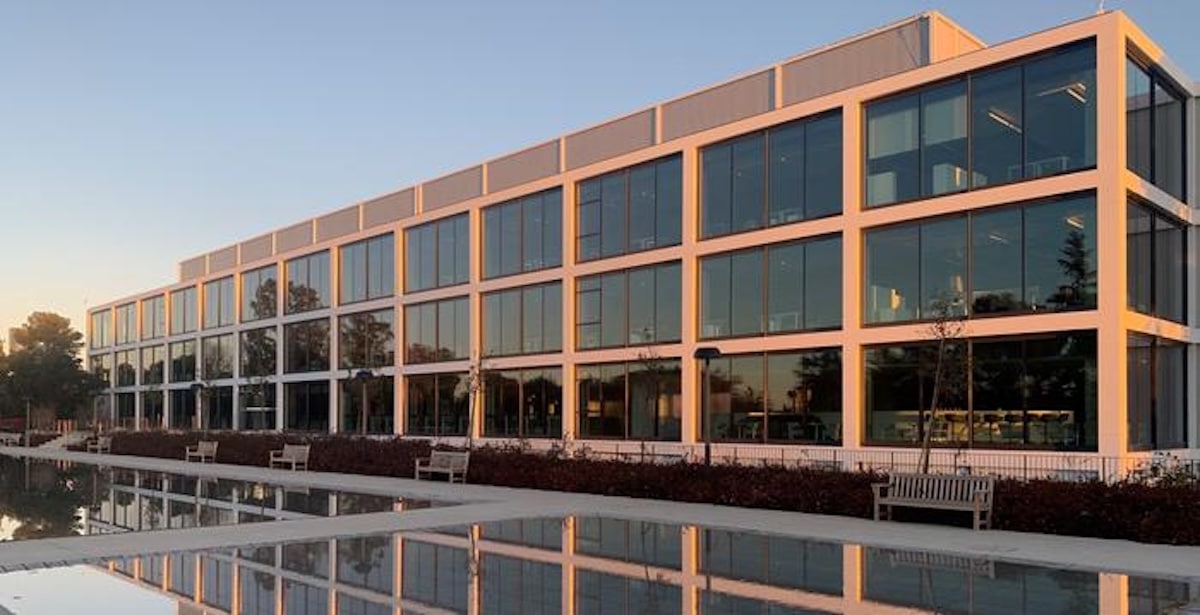Sure! Here’s the translation:
—
The data center that currently houses ESpanix, the leading neutral node in Spain, boasts a history of innovation and high availability dating back to 1988. Although ESpanix was officially established on May 13, 1997, to respond to the liberalization and opening of the telecommunications market, the building that hosts it had already been a technological reference for years, ensuring uninterrupted operation since then.
A Design Focused on Maximum Availability
The building was conceived from the outset as a high-availability data center, a vision ahead of its time. Originally owned by the Spanish Bank of Credit, the new campus replaced a previous data center from 1970 located at the same site. The robustness of its infrastructure is key: the center has two electrical connections from different substations and a contracted power of 8 MW, a rare configuration in Spain that ensures supply even in critical situations.
In addition, it features a system of 2+2 configuration electrical generators, which is uncommon in terrestrial data centers but typical for submarine cable stations, with fuel tanks prepared to operate for at least seven days without refueling. The rapid response to electrical incidents has been demonstrated in real situations: during the blackout on April 28, the generators started in just 4 seconds thanks to their constant preheating, while the UPS systems maintained service.
Commitment to Sustainability and Security
Following the latest major renovation in 2019, the center operates using 100% renewable energy and features a modernized cooling system that meets Tier IV standards, the highest level in the industry concerning redundancy and availability. “We have never experienced a power outage in this facility,” says Alberto Segado, ESpanix’s Operations Director since 2004, who recalls that during the last renovation, they operated for more than three weeks without power from the grid while connections were being replaced.
The strategic location on a hillside in Madrid mitigates risks associated with flooding, and its physical design incorporates exceptional security measures: walls over 70 centimeters thick made of reinforced concrete and controlled accesses, designed to withstand nearby explosions and prevent external threats.
The Nerve Center of Spanish Connectivity
The ESpanix campus features independent access for fiber optics from two streets and a 400-meter tunnel that facilitates the arrival of cables from numerous operators. Over the years, the facility has become the most interconnected point for networks and operators in the country.
The establishment of this neutral node marked a milestone for the telecommunications sector in Spain following its liberalization in 1997, allowing operators, content providers, government entities, and more recently, large streaming, cloud, and artificial intelligence platforms, to exchange traffic on equal terms without the influence of any operator.
Today, ESpanix continues to expand its capacity and space for new projects, remaining a strategic point for the digital economy and national technological sovereignty.
Source: ESpanix News
—
Feel free to ask if you need anything else!

